Work Instruction Samples
-
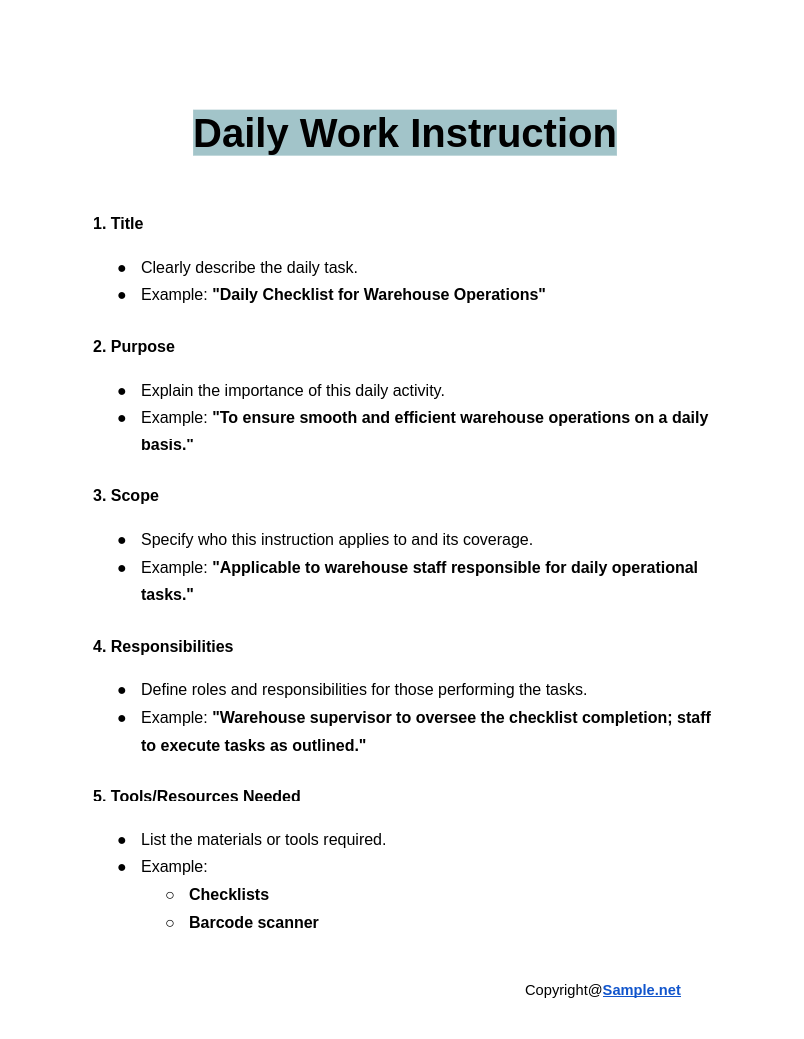
Daily Work Instruction
download now -
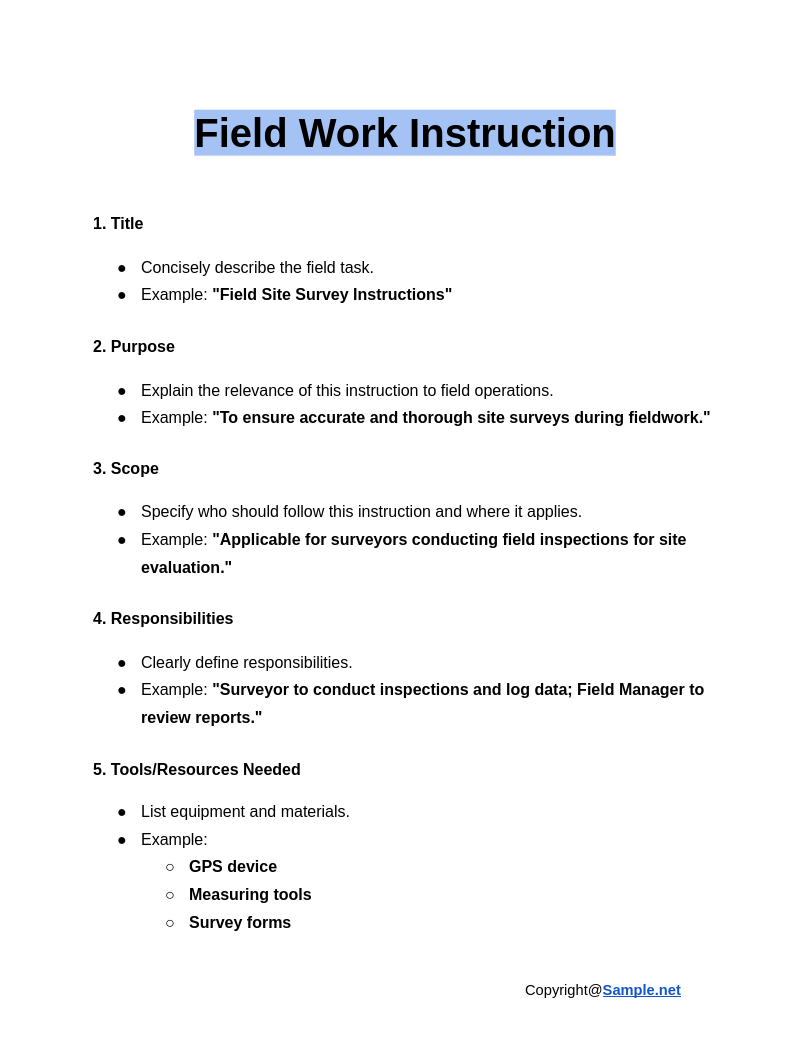
Field Work Instruction
download now -
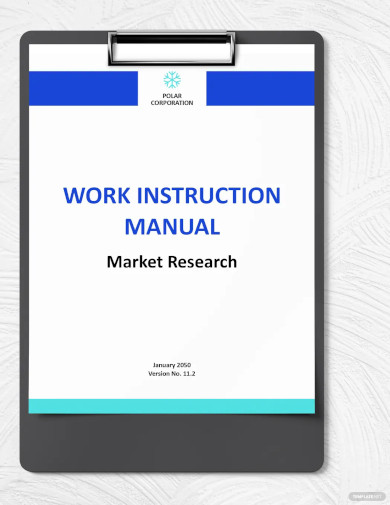
Work Instruction Manual Template
download now -
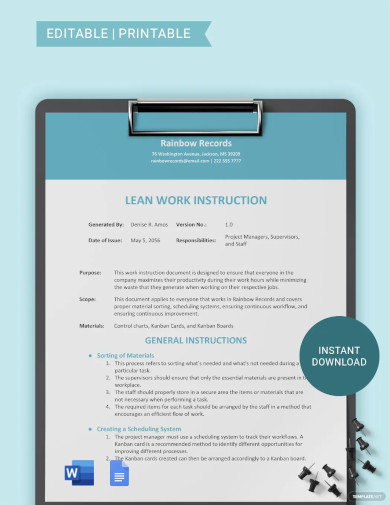
Lean Work Instruction Template
download now -
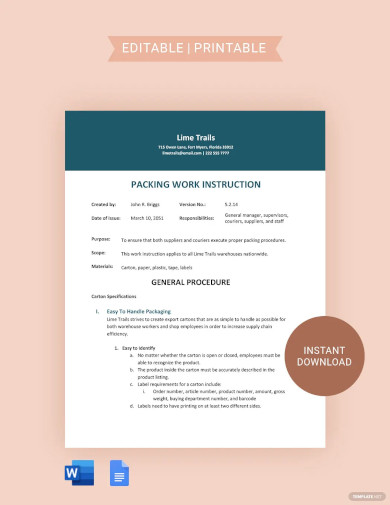
Packing Work Instruction Template
download now -
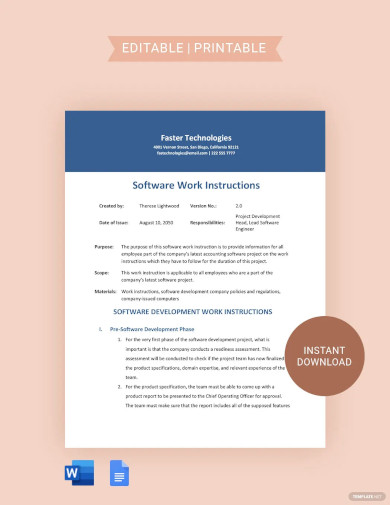
Software Work Instruction Template
download now -
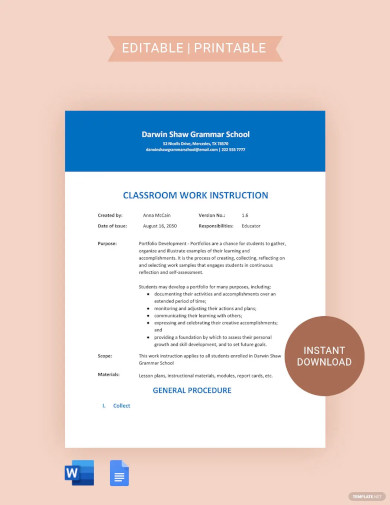
Classroom Work Instruction Template
download now -
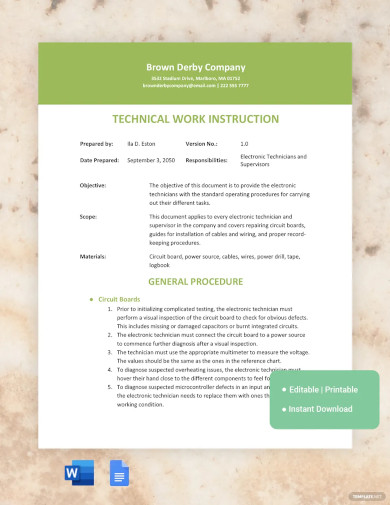
Technical Work Instruction Template
download now -
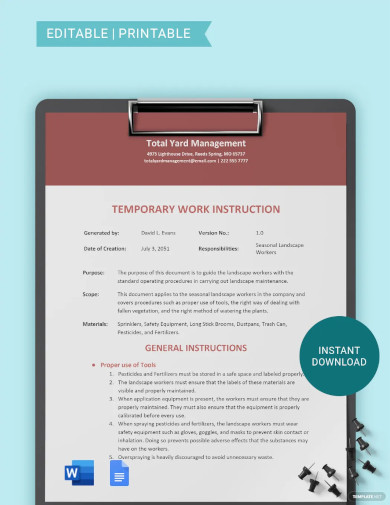
Temporary Work Instruction Template
download now -

Quality Work Instruction Template
download now -
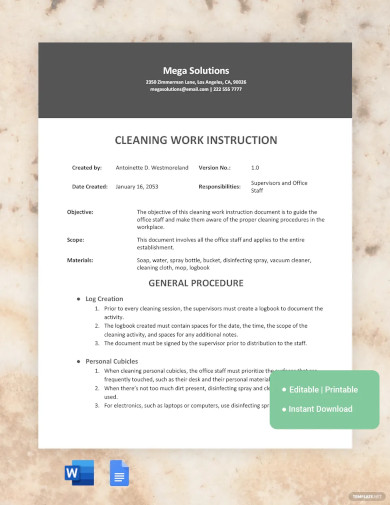
Cleaning Work Instruction Template
download now -
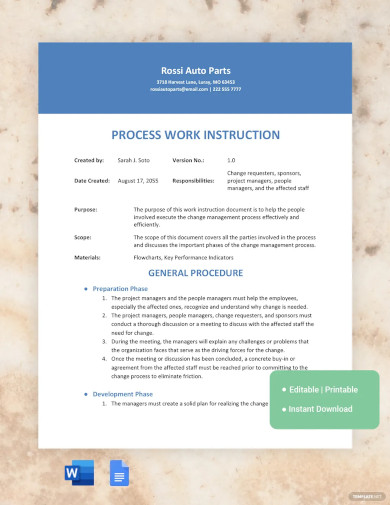
Process Work Instruction Template
download now -
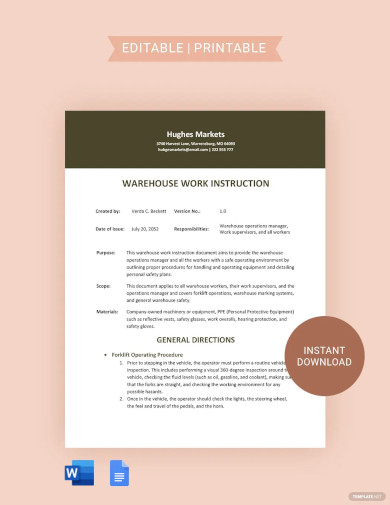
Warehouse Work Instruction Template
download now -
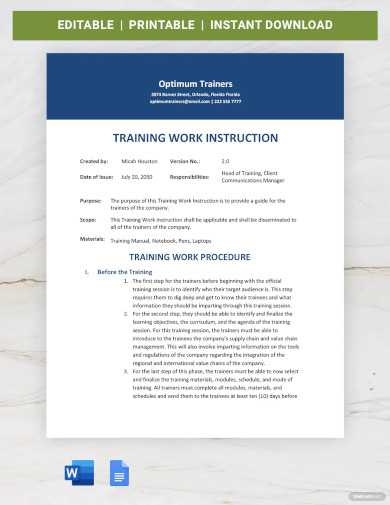
Training Work Instruction Template
download now -
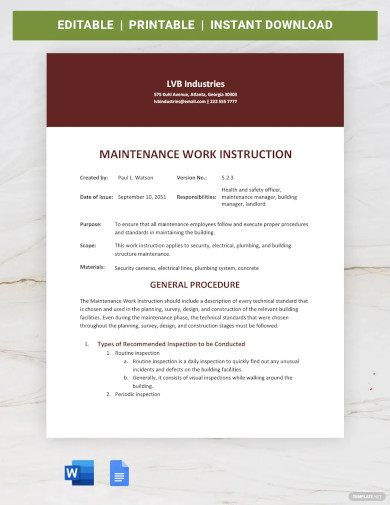
Maintenance Work Instruction Template
download now -
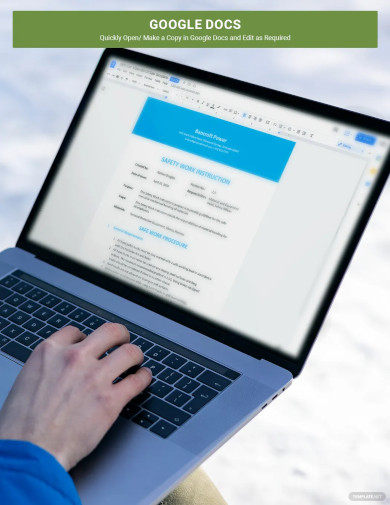
Basic Work Instruction Template
download now -

Workplace Work Instruction Template
download now -
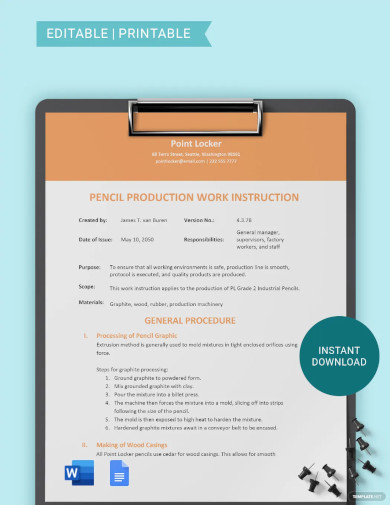
Production Work Instruction Template
download now -
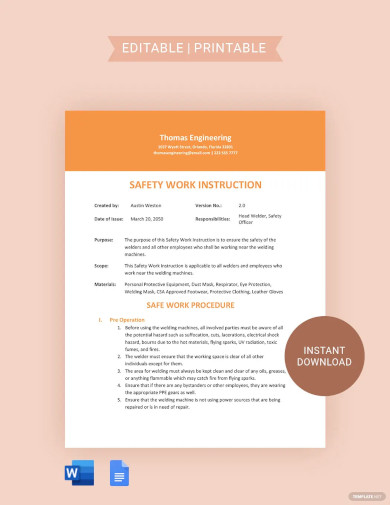
Safety Work Instruction Template
download now -
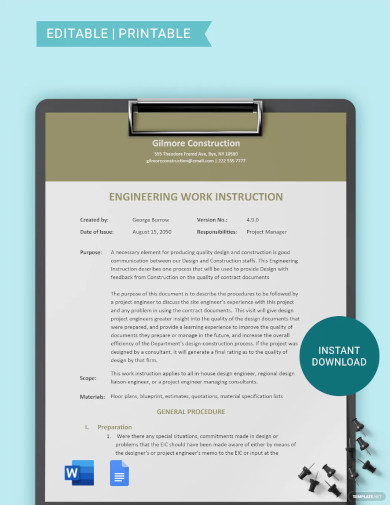
Engineering Work Instruction Template
download now -
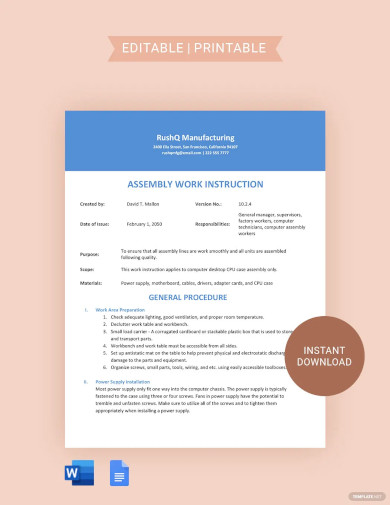
Assembly Work Instruction Template
download now -

Manufacturing Work Instruction Template
download now -
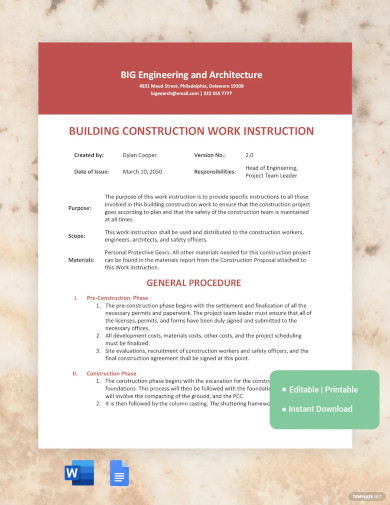
Construction Work Instruction Template
download now -
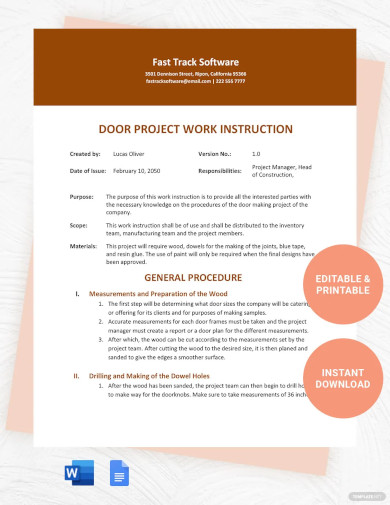
Project Work Instruction Template
download now -
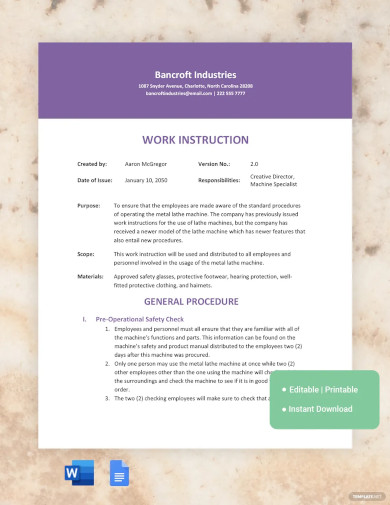
Free Work Instruction Sample
download now -

Free Blank Work Instruction Template
download now -
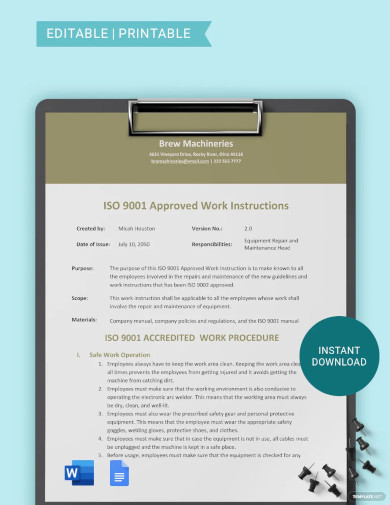
ISO 9001 Work Instruction Template
download now -
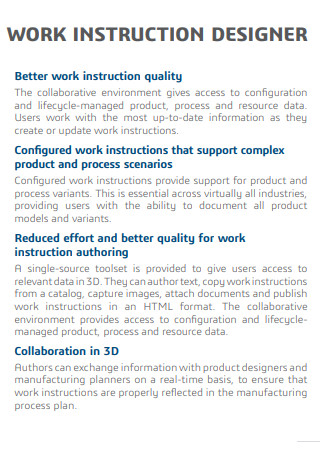
Work Instruction Designer
download now -
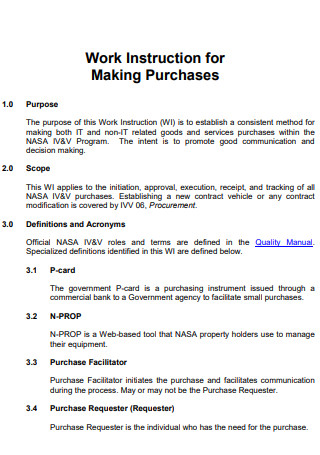
Work Instruction for Manufacturing Making Purchases
download now -
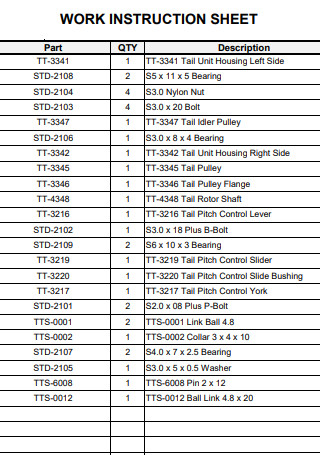
Assembly Work Instruction Sheet
download now -
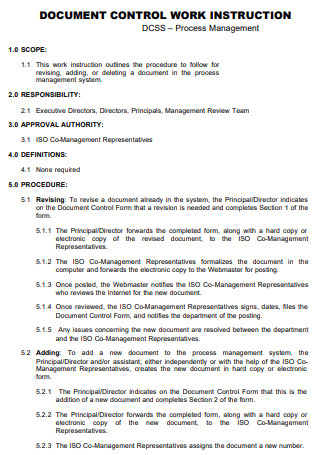
Document Visual Control Work Instruction
download now -
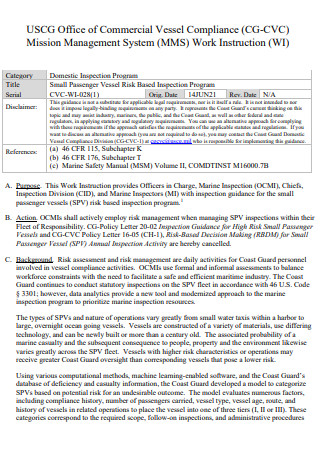
Employee Work Instruction
download now -
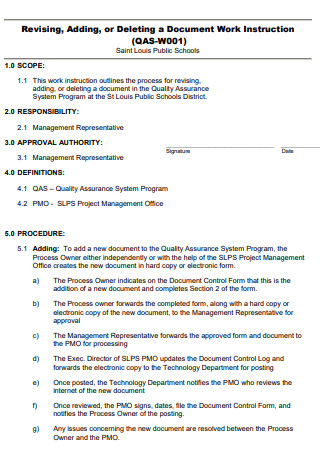
Deleting a Maintenance Work Instruction
download now -
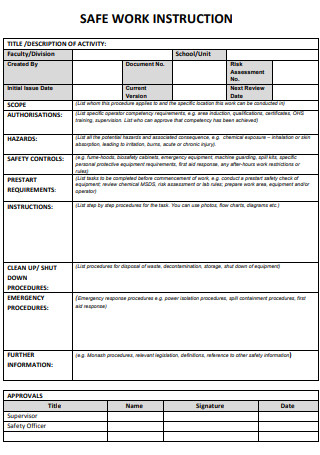
Quality Safe Work Instruction
download now -
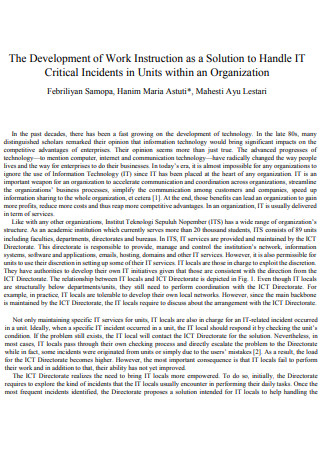
Development of Machine Work Instruction
download now -
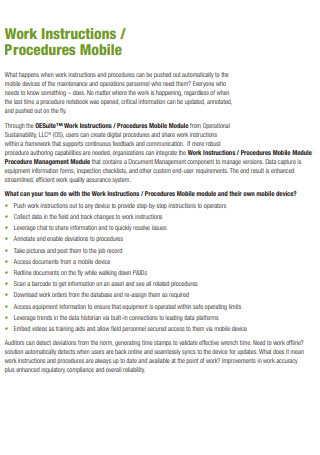
Welding Work Instruction Procedures Mobile
download now -
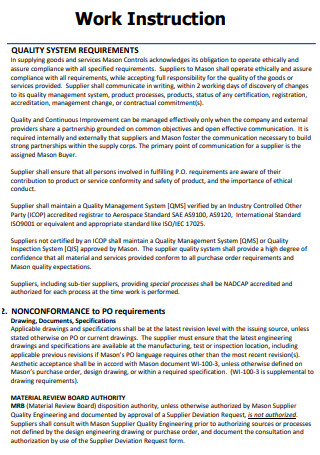
Sample Work Instruction Flow Chart
download now -
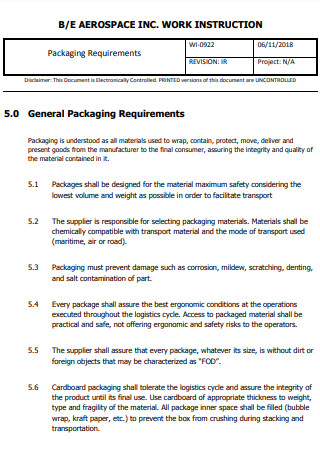
Aerospace Work Instruction Warehouse
download now -
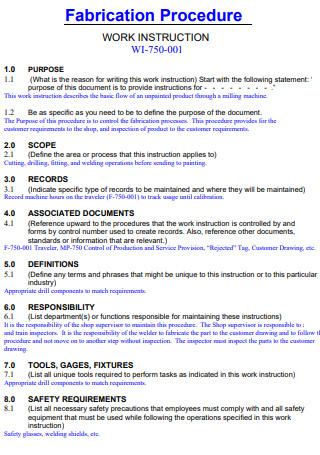
Fabrication Procedure Work Instruction
download now -
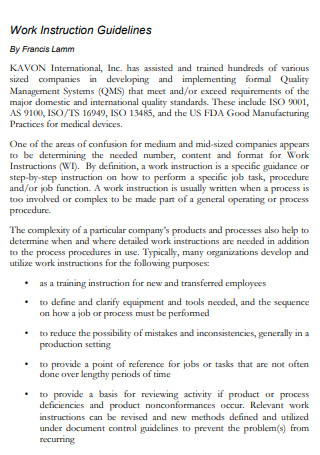
Engineering Work Instruction Guidelines
download now -
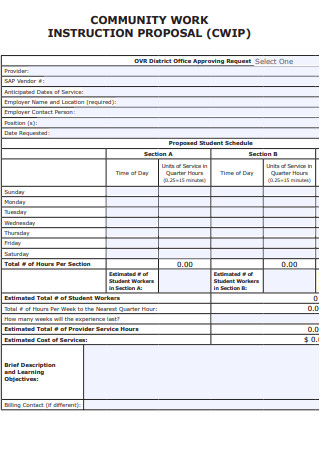
Community Work Instruction Proposal
download now -
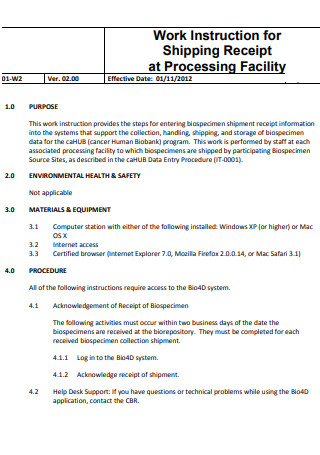
Work Instruction for Shipping Receipt
download now -
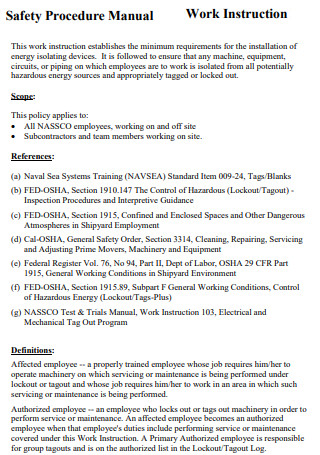
Work Instruction for Safety Procedure
download now -
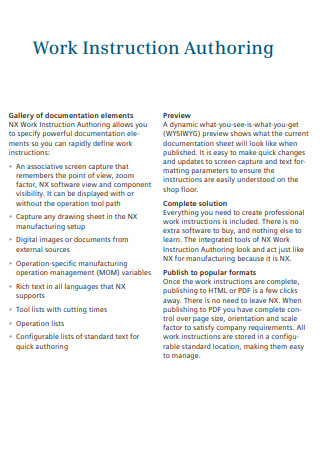
Work Instruction Authoring
download now -

Work Planning and Work Instruction Development
download now -
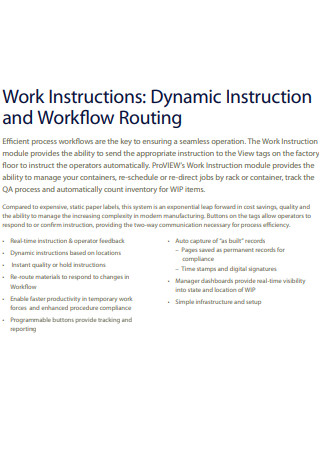
Work Planning for Workflow Routing
download now -
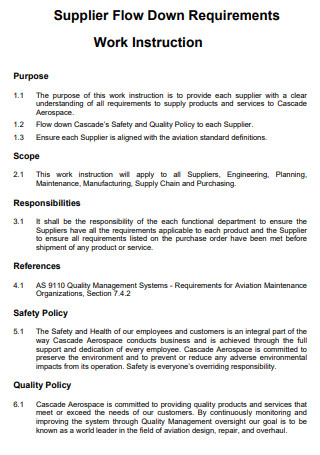
Supplier Flow Down Requirements Work Instruction
download now -
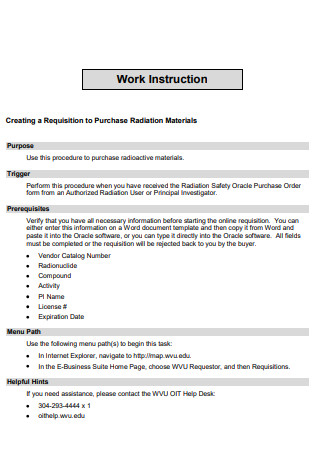
Simple Work Instruction
download now -
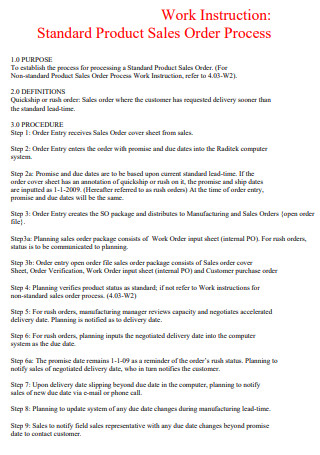
Standard Product Sales Order Process Work Instruction
download now -
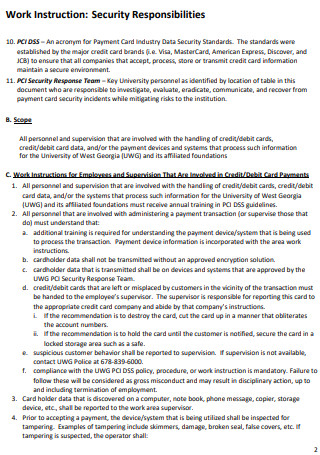
Security Responsibilities Work Instruction
download now -
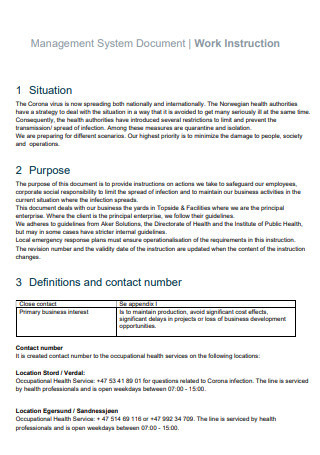
Work Instruction for Management System
download now -
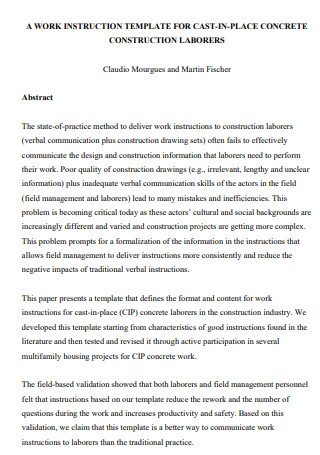
Construction Work Instruction
download now -
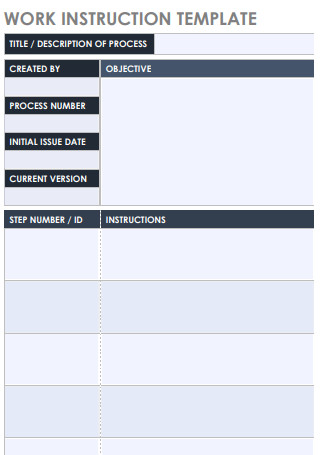
Work Instruction Template
download now -
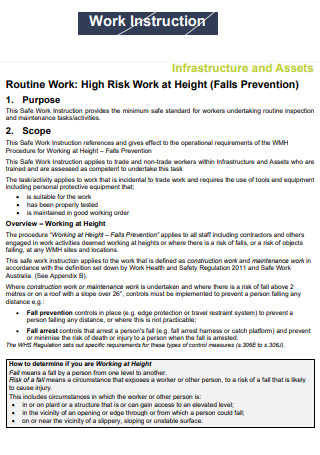
Work Instruction for Infrastructure and Assets
download now -
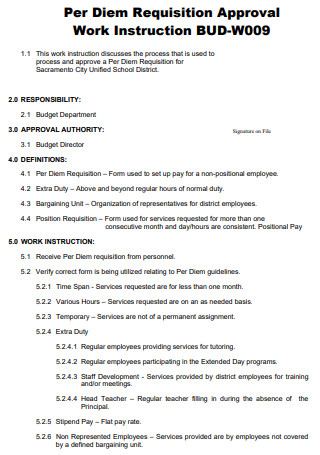
Requisition Approval Work Instruction
download now -
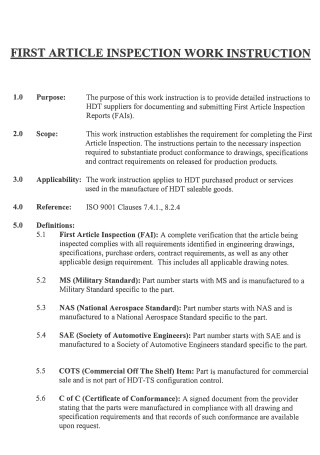
First Article Inspection Work Instruction
download now -

Industrial Management Work Instruction
download now -
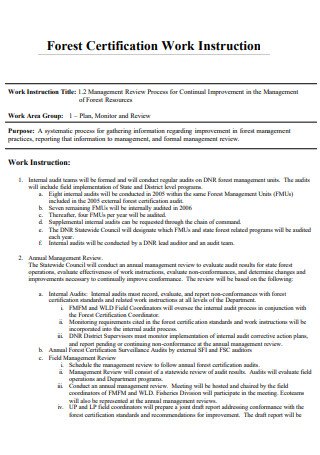
Forest Certification Work Instruction
download now -

Pest Control Work Instruction
download now -
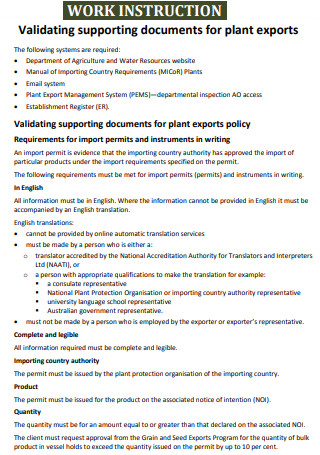
Plan Exports Work Instruction
download now -
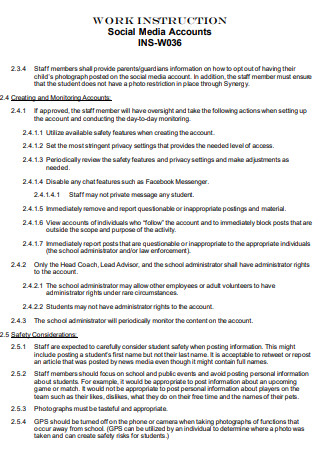
Social Media Work Instruction
download now -
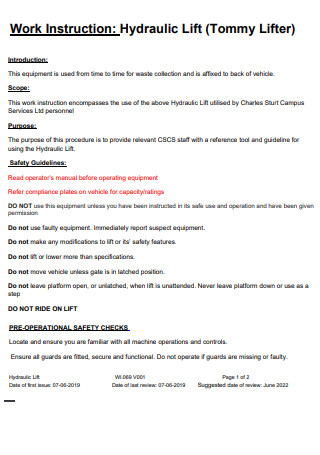
Hydraulic Lift Work Instruction
download now -

Individual Safe Work Instruction
download now -

Work Instruction Managing Study Team Members
download now -
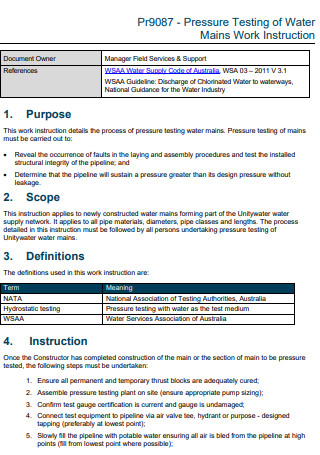
Pressure Testing of Water Mains Work Instruction
download now -
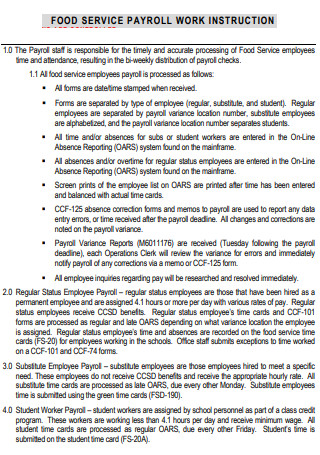
Food Service Payroll Work Instruction
download now -
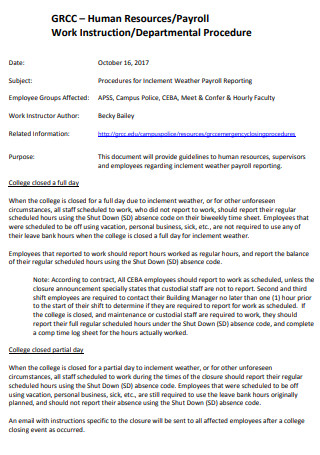
Payroll Work Instruction
download now -
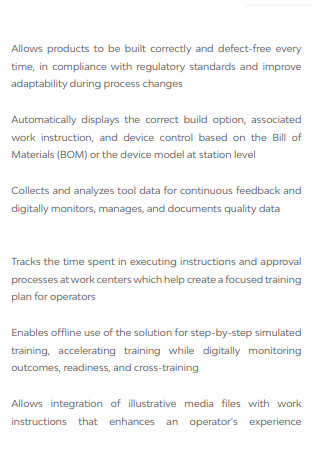
Digital Work Instruction for Production
download now -
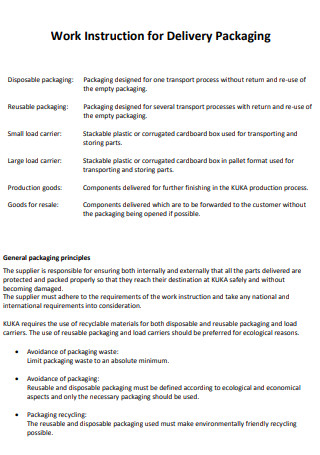
Work Instruction for Delivery Packaging
download now -
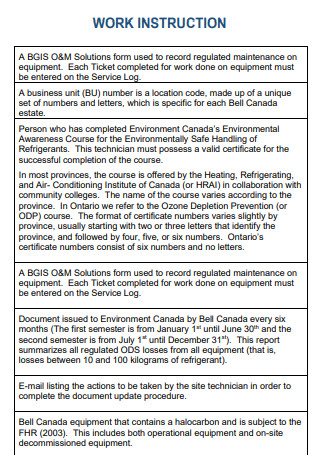
Bell Halocarbon Containing System Work Instruction
download now -
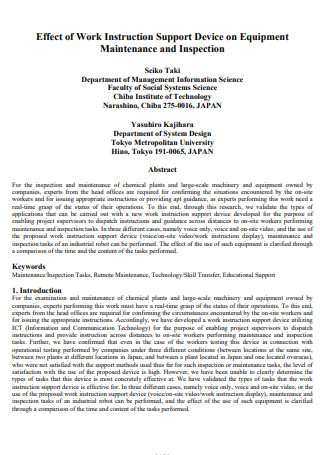
Effect of Work Instruction
download now -
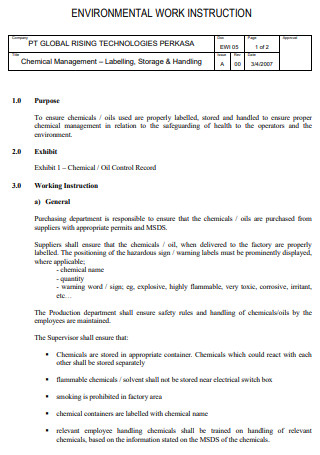
Environmental Work Instruction
download now -
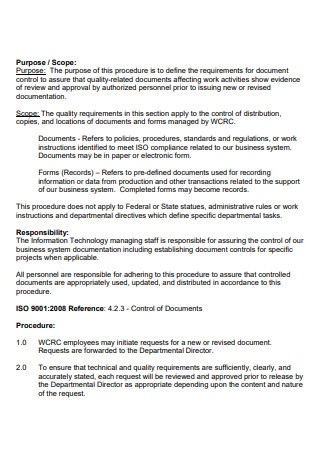
ISO Work Instruction
download now -
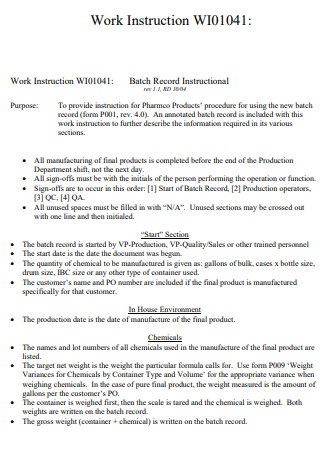
Pharmco Products Work Instructions
download now -
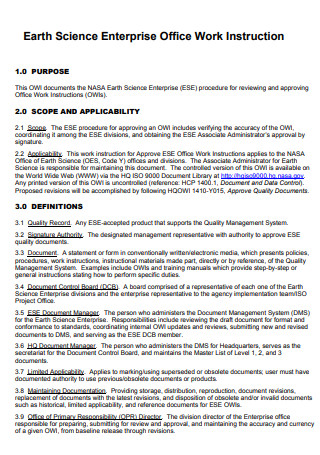
Earth Science Enterprise Office Work Instruction
download now -

Change Management Work Instructions Guide
download now -
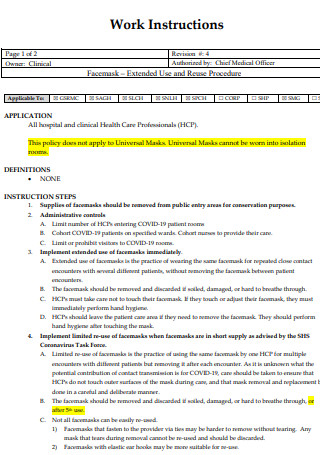
Health Care Work Instructions
download now -

Formal Work Instructions
download now
FREE Work Instruction s to Download
Work Instruction Format
Work Instruction Samples
What is a Work Instruction?
Components of a Work Instruction
How To Create an Effective Work Instruction
FAQs
What is the difference between a work instruction and a procedure?
What is the importance of work instructions?
Who writes work instructions?
What should be included in an effective Work Instruction?
How do Work Instructions improve workplace efficiency?
How can organizations ensure Work Instructions remain relevant?
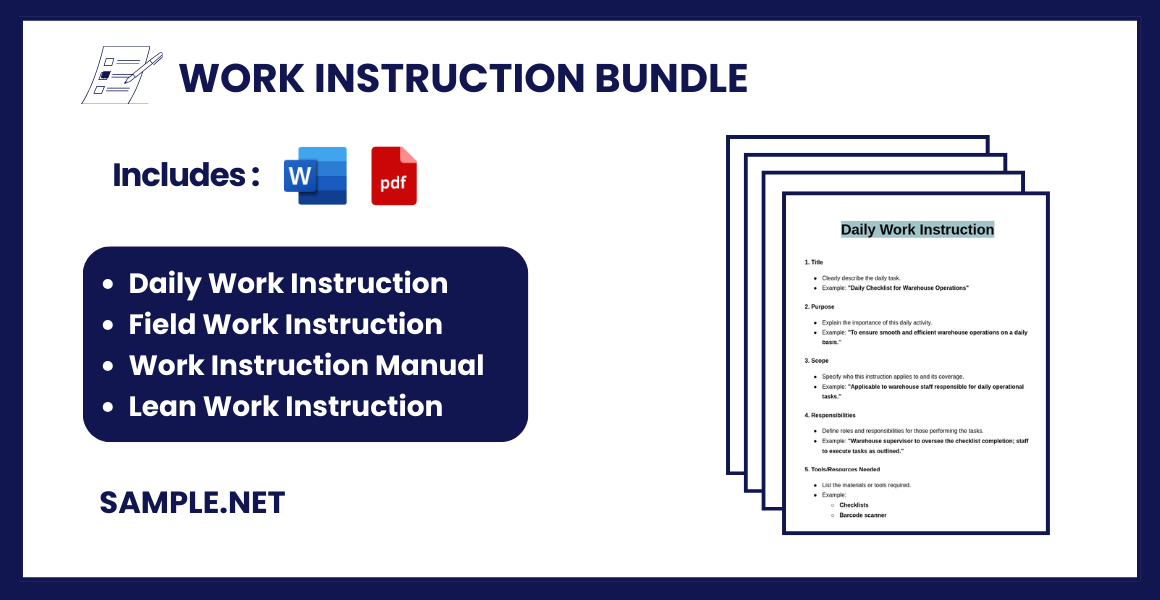
Download Work Instruction Bundle
Work Instruction Format
1. Title
- Clearly state the task or process the instruction pertains to.
- Example: “How to Process Online Orders”
2. Purpose
- Briefly explain why this instruction is important.
- Example: “To ensure online orders are processed accurately and efficiently.”
3. Scope
- Specify who the instructions are for and the applicable conditions.
- Example: “Applicable for all employees in the order processing department.”
4. Responsibilities
- Define roles and responsibilities for those executing the task.
- Example: “Order processing staff are responsible for adhering to these instructions.”
5. Tools/Resources Needed
- List all necessary tools, software, or materials.
- Example: “Computer, Order Management Software, Printer, Packing Materials.”
6. Procedure
- Outline step-by-step actions to complete the task. Use numbered steps for clarity.
- Log into the order management system.
- Review new orders in the dashboard.
- Verify customer details and payment status.
- Print the invoice and packing slip.
- Pack the items securely and attach the invoice.
- Mark the order as shipped in the system.
7. Safety/Quality Notes
- Highlight any safety or quality requirements if applicable.
- Example: “Ensure fragile items are packed with sufficient cushioning.”
8. References
- Include any related documents or standards.
- Example: “Refer to the Order Management User Guide for software instructions.”
9. Glossary (Optional)
- Define any technical terms or acronyms.
- Example: “OMS: Order Management System”
10. Approval/Revision History
- Indicate who approved the instruction and document version history.
- Example:
- Approved By: John Doe
What is a Work Instruction?
A work instruction is a business document that clearly and concisely describes the correct method or process of accomplishing daily activities or tasks. The transmission of information often occurs to assignments that cause serious injuries, damages, inconveniences, and other problems if performed poorly. It aims to illustrate, dictate, or stipulate the proper sequence of steps to perform to ensure the successful completion of work or activity. The main priority of creating a work instruction is to explain the specific steps to achieve a mandatory action. Compared to describing work procedures, work instructions provide more detail and clarity to a particular measure of completing a job. Work instructions describe how to execute Standard Operating Procedures or SOP.
Components of a Work Instruction
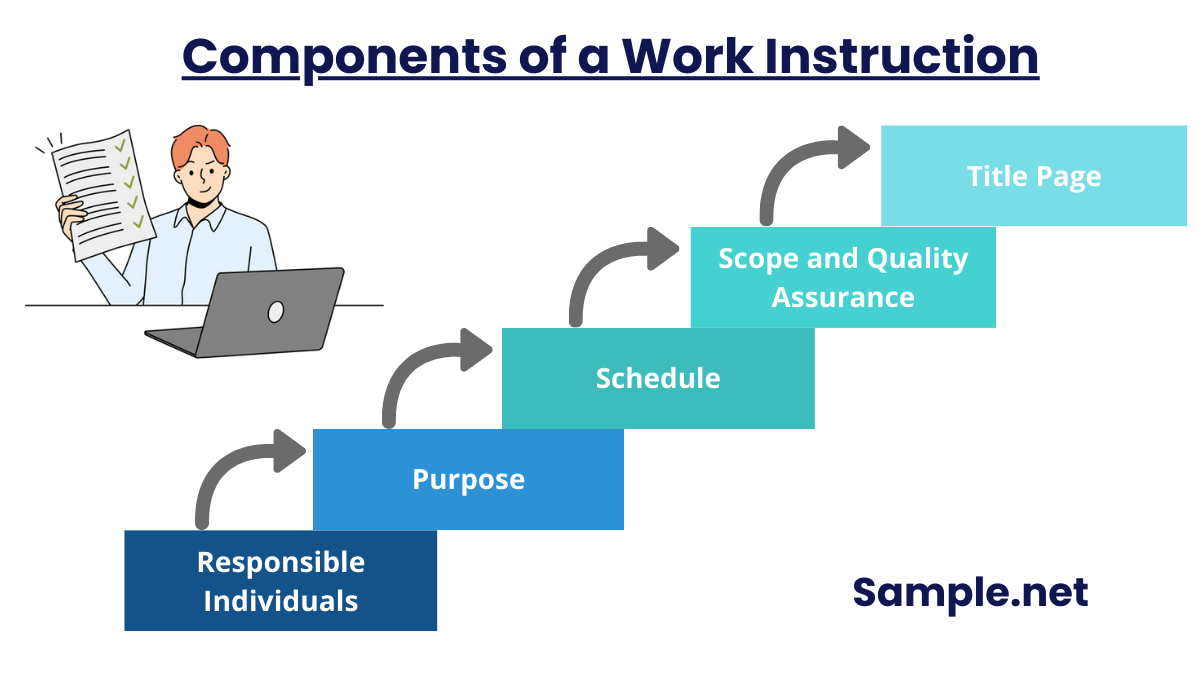
Practical work instructions must be complete and easy to understand. The format must be extensive to guarantee that the employees receive an informative document, ensuring the safety of all individuals within the company. Below are the elements of a work instruction that must be present when sending out the work instructions to different departments.
How To Create an Effective Work Instruction

When writing work instructions, Technical Writers must have sufficient information about performing a particular task or activity. The responsibility is to write understandable and comprehensive work instructions that different individuals can perform without expert supervision. Below is a helpful guide in drafting an effective work instruction for your company. You can also see more on Work Method Statement.
Step 1: Start with a Clear Title and Brief Introduction
Begin your document by indicating the title, clearly indicating the task. The introduction must provide essential information and contextual background to accomplish an activity. It must also include details about the individuals to complete the job and define its purpose. Identifying these elements help with a precise Goal Setting for the record.
Step 2: Indicate a Description of the Work Process
In writing the steps of the work process, begin with a comprehensive List Of Items an individual needs to accomplish the job. It is practical to write the materials or objects using a bulleted list to distinguish between one and another to avoid confusion. It also matters to list the items logically. Indicate all Relevant References into the text through indexes or hyperlink formats for any clarifications. The work instruction can also incorporate images, flow charts, or tables for easier and better understanding.
Step 3: Format Text for Easy Understanding
First and foremost, work instructions are educational tools. The purpose is to present the audience with the Best Procedure to accomplish a task. You must select a format that you must use for the entire document. Remember to indicate the steps sequentially with only a single action for each. When using infographic elements, make sure to accompany them with descriptions or references for clarity. Keep texts and images to one side, for example, images on the left and text to the right. It is also effective to write in bold, italic, underline, or uppercase to emphasize essential actions and information. You can also see more on Safe Work Method Statement.
Step 4: Revise the Document As Necessary
The key to effective writing is brevity, meaning it is concise, simple, and precise. For creating work instructions, ensure that sentences are not complex with more than 15 words. Instead of using extraneous or hifalutin words, use curt and uncomplicated text. As much as possible, prevent from using acronyms. If it is necessary, write the full context first, then abbreviate afterward. It also helps to provide a glossary page at the end of your document. Keep consistent with the used terminologies for the entire document and stick to it.
Step 5: Indicate the References
When writing the references of the work instruction, consider adding a footnote or an appendix page. References serve as additional sources to expand reading and Learning Opportunities.
Step 6: Test Out the Work Instruction
Before printing multiple copies of the document, ensure that it is comprehensive and understandable. Have a friend or colleague perform the job, following the instructions. It helps determine whether parts of the work instruction are confusing and require further clarification. During the process, observe and note the discrepancies that the individual struggles with, revising the instructions as necessary. You can also see more on Work Lists.
FAQs
What is the difference between a work instruction and a procedure?
Work instructions contain detailed descriptions of an activity or task. Meanwhile, procedures often refer to a series of tasks that a person needs to perform to reach a particular outcome. Procedures often take a group to complete different steps, while work instructions require a single person to complete a task.
What is the importance of work instructions?
Work instructions are essential to businesses as it provides a standard for management and employees. It gives a better understanding of the minimum expectations of organizations and supplies detailed instruction and guidance to workers on daily tasks or performance and emergency procedures. Comprehensive work instructions also save time and money, resulting in efficient productivity and happy customers. You can also see more on Work Plan.
Who writes work instructions?
Technical writers or field experts write work instructions for a particular department, task, or activity. Persons who have the most work experience in accomplishing the job must be the ones to compose a work instruction. The individuals working on drafting the document must be intimate with the role and have the full potential to give the necessary information. It is advantageous to write work instructions with the involvement of multiple expert individuals for the best results.
What should be included in an effective Work Instruction?
An effective work instruction includes a clear task description, step-by-step guidance, safety precautions, and any necessary visuals or diagrams. It should be tailored to the target audience, use simple language, and emphasize key points to avoid confusion. Regular updates are also essential for accuracy. You can also see more on Work Schedules.
How do Work Instructions improve workplace efficiency?
By providing clear, step-by-step guidance, work instructions eliminate guesswork and reduce task completion time. They help employees focus on execution without worrying about process ambiguity. Additionally, they streamline onboarding and cross-training, ensuring employees are productive faster.
How can organizations ensure Work Instructions remain relevant?
Organizations must regularly review and update work instructions to reflect changes in processes, technology, or regulations. Involving employees and experts in the review process ensures instructions address real-world challenges. A feedback loop keeps these documents effective and up-to-date. You can also see more on Work Checklists.
